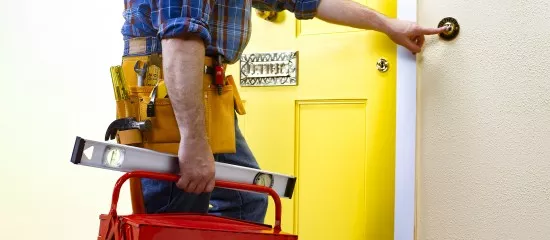The legal status of sole proprietors has just undergone a major change. Until then, sole proprietors (i.e., craftsmen, traders, liberal professionals, farmers), who conduct their professional activity in their own name and not in the form of a company, used to have a single asset (as there was no distinction between their business and private assets). Because of that, in the event of economic difficulties, their private property was exposed to lawsuits from their professional creditors.
This significant risk had led the public authorities to establish, more than 10 years ago, the status of EIRL (Entreprise Individuelle à Responsabilité Limitée - Limited Liability Sole Proprietorship); a status which is characterised by the existence of a so-called “allocated asset”, i.e., assets that the sole proprietor allocates to his professional activity, and which is separated from his private assets. But this status, because of its complexity, has been adopted by a ridiculously small number of sole proprietors (about 3%).
As a result, the public authorities, as part of a vast “plan in favor of the self-employed” (Plan indépendants) initiated by the President of the Republic last September and aimed at improving and simplifying the tax, social and legal regimes to which self-employed workers are subject, have once again addressed the question of limiting the financial risks incurred by sole proprietors in the context of their professional activity. And the “plan in favor of the self-employed” has led to the adoption of a law creating a single and more protective status for sole proprietors.
A single status, separating private and professional assets
From now on, sole proprietors will therefore have a single status that separates their private and professional assets. The professional asset of a sole proprietor consists of the goods that are “useful” to his/her activity while his/her private assets will be composed of the other assets. Only the professional assets of the sole proprietor can be seized by his/her professional creditors. So, all his/her private assets (and no longer only his/her main residence) are now protected from the lawsuits of professional creditors. Consequently, he/she loses the right to be a guarantor of his professional debt, unless he explicitly waives this protection at the request of the creditor.
In practice, the separation of these two assets will be conducted automatically, without administrative formalities to be conducted or information to be given to creditors.
However, the sole proprietor may waive the benefit of this separation in favor of a professional creditor, in particular a banker, to obtain a credit, and to guarantee this professional debt.
This new status will apply from May 15, 2022. Sole proprietorships created from that date will therefore be fully subject to it. As for those already existing on May 15, 2022, the separation of professional and private assets will only apply to new claims arising from that date.
The disappearance of the EIRL (Limited Liability Sole Proprietorship) status
The introduction of the single status of sole proprietors will lead to the gradual disappearance of the status of Limited Liability Sole Proprietorship. Thus, since February 16, 2022, it has become impossible for a sole proprietor to choose this status. And as of August 15, 2022, the heirs of a deceased Limited Liability sole proprietor will no longer be able to continue the professional activity of the latter by taking over the assets he had assigned to this activity.
However, the Limited Liability Sole Proprietorship status continues to apply to sole proprietors who used to conduct their activity under that status on February 15, 2022.
Copyright : Les Echos Publishing 2022
Crédits photo : Peter Dazeley

